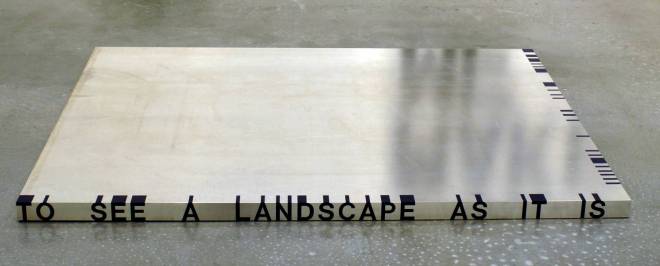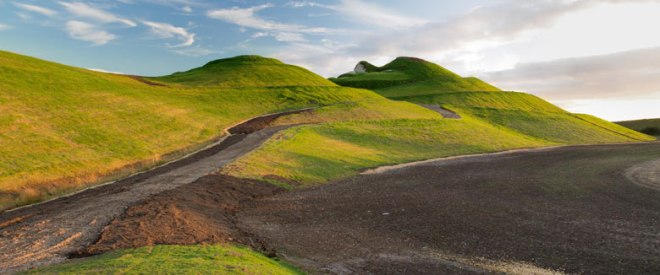There is much talk about landscape—opinions about it are as ubiquitous as the medium that surrounds us. Less certain is the state of serious writing on its behalf. Landscape criticism is work. Its project is not a matter of effusive endorsement or dismissive judgment. Criticism takes into consideration both disciplinary and professional frameworks as well as larger cultural, political and aesthetic conditions of our time.
So why the persistent snark (often from architects and urbanists) that there is no critical writing in the landscape discipline? Is it because such efforts today are too few, and sadly, waning?
Many thoughtful academics and professionals do not write often enough to develop a voice, challenged as they are by a lack of financial support, diminished publishing opportunities, and the uncertain audience that the digital revolution has produced. Is it because criticism seems undervalued in a fast-media culture and is constantly pressured by calls that it is irrelevant and dead, even though this perceived demise is really just the discussion’s shift away from evaluating objects and name designers toward how design can transform the infrastructure of the city, and ourselves? Or might it be simply that what readers expect from criticism—the “thumbs up” or “thumbs down” judgment of work—is not what landscape critics do? Our discipline has always invoked the larger context of our world, the people who use and value space, and the notion of collective public life—and so does our writing.
Julia Czerniak, Critics on criticism: Landscape work (2013)
.






